“This race lives up to the last wild race. We go from mountain biking in 100-kmh gusts, blowing shrapnel at us, to driving rain, to beautiful moments of sunshine. It’s just this land of extremes. I’ve done probably 160 races, over 30 expedition length, and this has been the hardest, but most beautiful, by a significant margin.”
—Jason Magness, Team GearJunkie.com
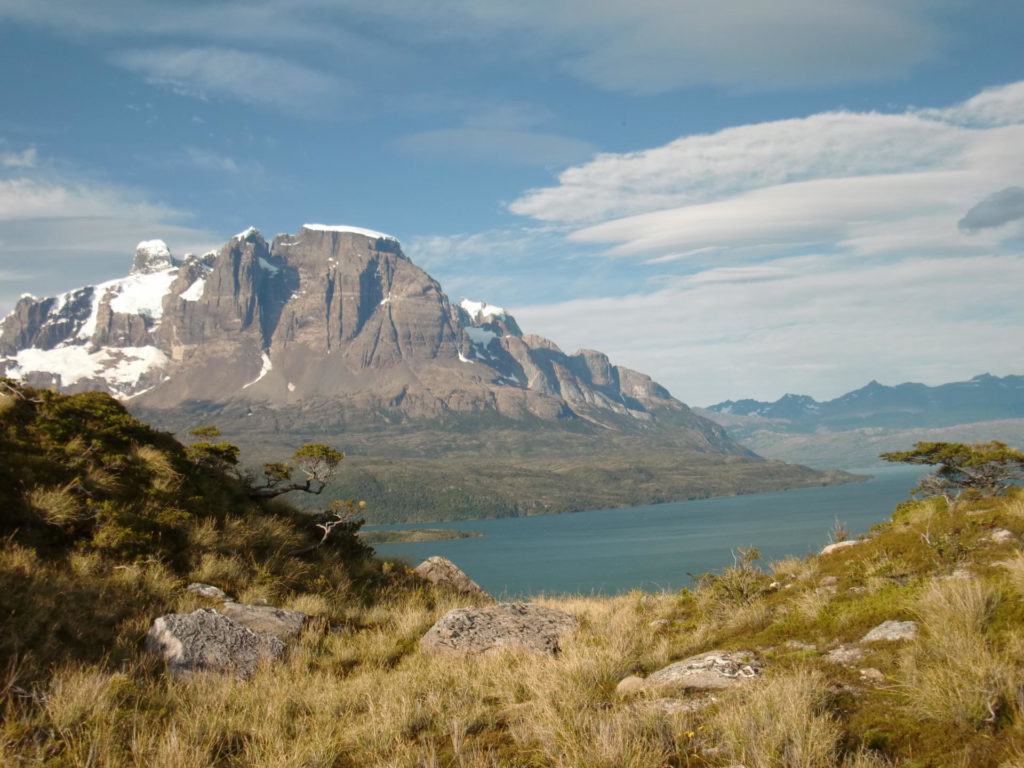
A few years ago a woman called the Outdoor Japan office asking to drop by to talk about an adventure race going on in South America. I was expecting someone from Latin America, but, in walked a tall, energetic German, Ann Meidinger. I also vividly remember the photos and video she showed us from the Patagonian Expedition Race (PER), because they were absolutely stunning.
Although adventure racing had been slowly growing in popularity in Japan, there simply wasn’t anything in Japan on par, or on scale, because there simply is very little terrain in Japan that can match what racers experience in Chilean Patagonia. The skill level of adventure racing teams in Japan consequently wasn’t well suited for expedition races because it is impossible to organize races such as this in Japan where teams can train.
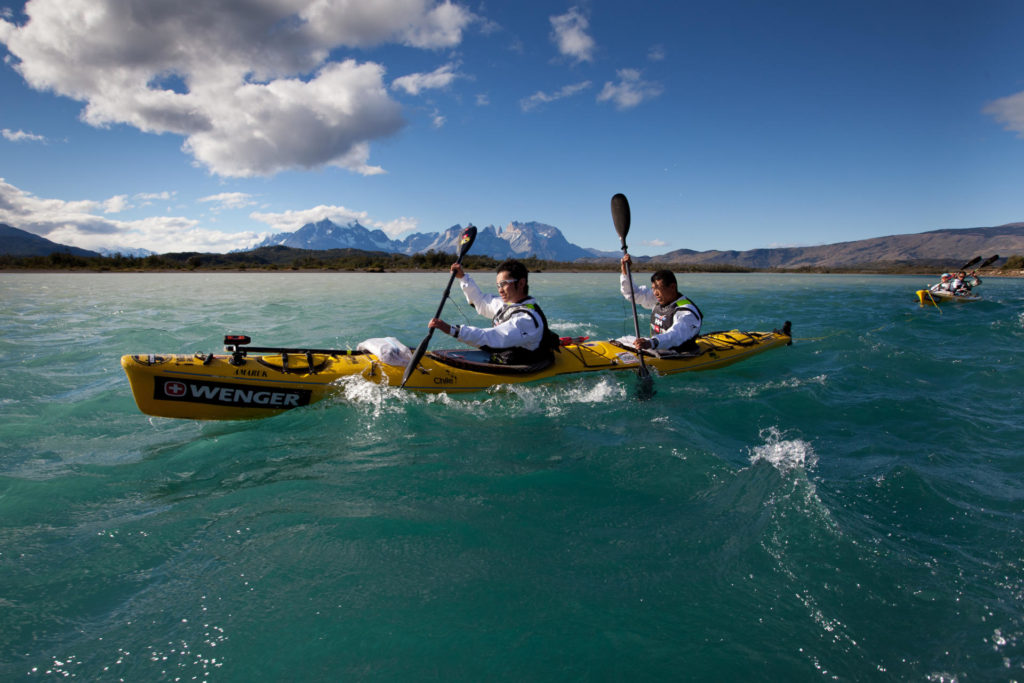
However there was one team that had been competing internationally for years. Masato Tanaka formed Team East Wind in 1996, and over the years members have included well known Japanese trail runners Minehiro Yokoyama and Hiroki Ishikawa, among others.
Since then the professional adventure racing team has competed in international events such as Eco Challenge, Raid Gauloises, Southern Traverse, Mild Seven Outdoor Quest, Primal Quest, X-Adventure and the World Championships.
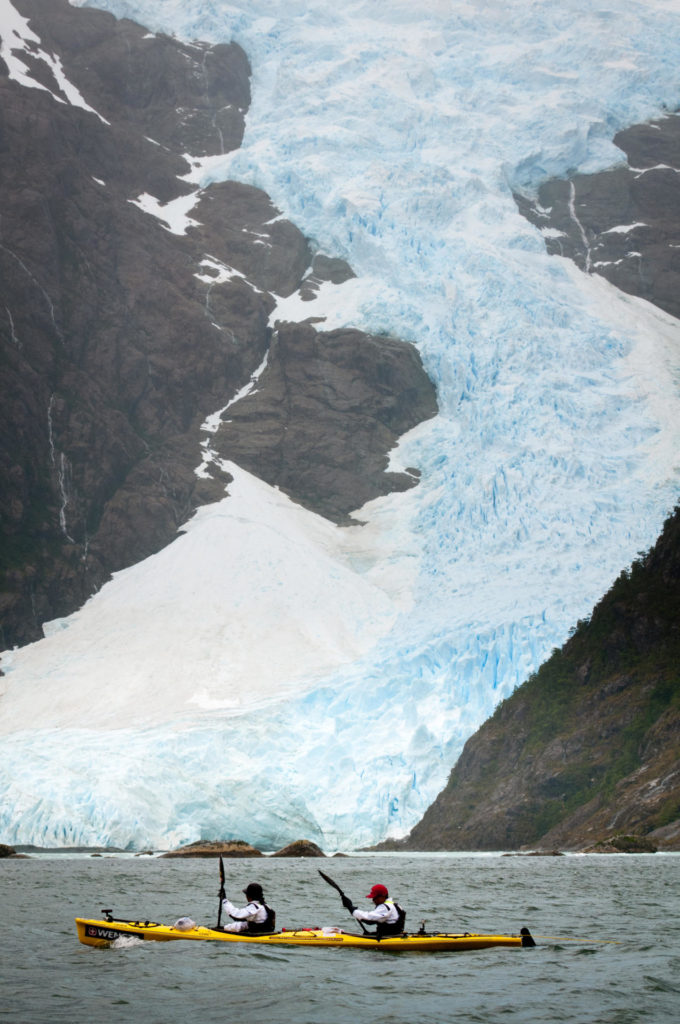
East Wind also organizes the Adventure Racing Japan Series (ARJS), which consist of three-to-four one-day adventure races as well as the SALOMON X-Adventure, a two-to-three-day race held once a year. They hope teams will use these races as stepping stones for entering bigger races outside Japan.
In 2010 East Wind joined the Patagonia Expedition Race. None of the members had ever been to Chile, but team captain Tanaka, a veteran of many international races, recognized going in that “the way of thinking of the people there and the race organizers would be quite different from what we Japanese racers are used to, and we have to be prepared for that.”
The Chilean Patagonia landscape is as beautiful as the climate is harsh. It can be extremely cold, windy and inhospitable for humans, despite the modern gear teams carry. This is pristine terrain, some of which was being explored for the first time by the race director, Stjepan Pavicic, as he set the course.
On top of the daunting challenges the team faced from the elements, none of the East Wind team spoke English, so there were bound to be some communications problems to overcome. Nonetheless the team was impressed by the organizers, Nómadas Outdoor Services, who were able to offer this truly wild and adventurous race at, what feels like, the end of the world.
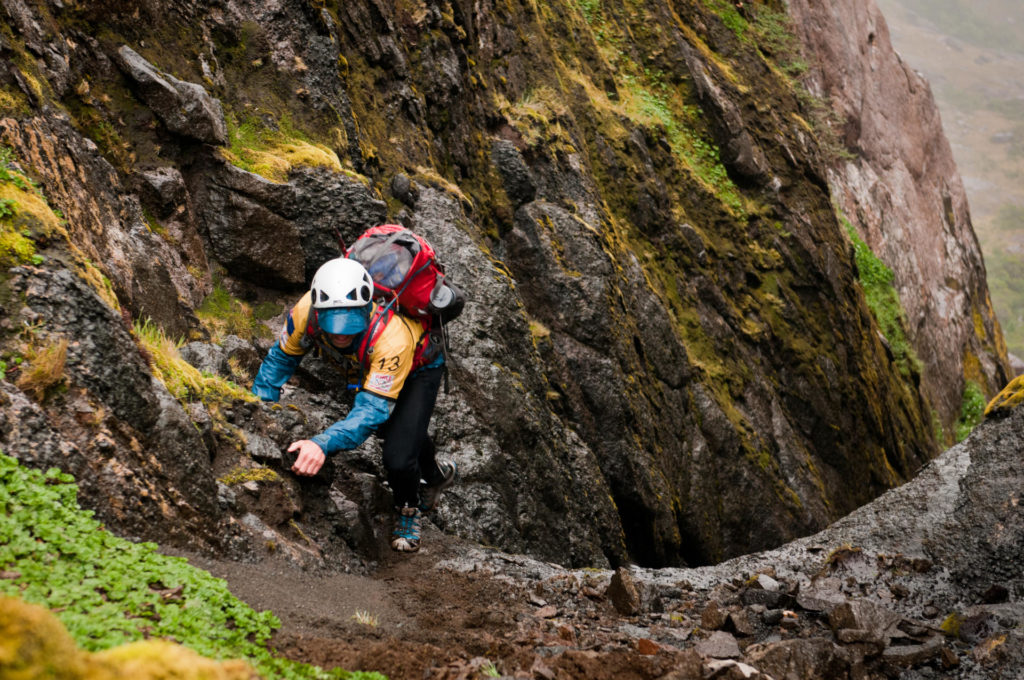
Finishing a race of this magnitude is a victory in itself, and East Wind battled through, becoming the first Japanese team to finish the race, coming in seventh place.
In November 2010, Kay Waki joined East Wind as a “trainee.” Three months later, she found herself on the way to Chile with the East Wind team to take another crack at PER. “It was my first expedition race, so I wasn’t so sure what to expect, but I knew it would be the hardest thing I had ever done in my life,” she admits.
During the race she had to dig down deep to deal with the pain and suffering adventure racers endure. She had huge blisters on her feet, a broken rib, was sleeping just one or two hours each day and had to keep moving when she was awake. The forest was so thick in places, they inched along. Other times they tramped through turba (swamp), bushwhacked their way through undergrowth, crossed ice-cold rivers and endured seemingly endless storms.
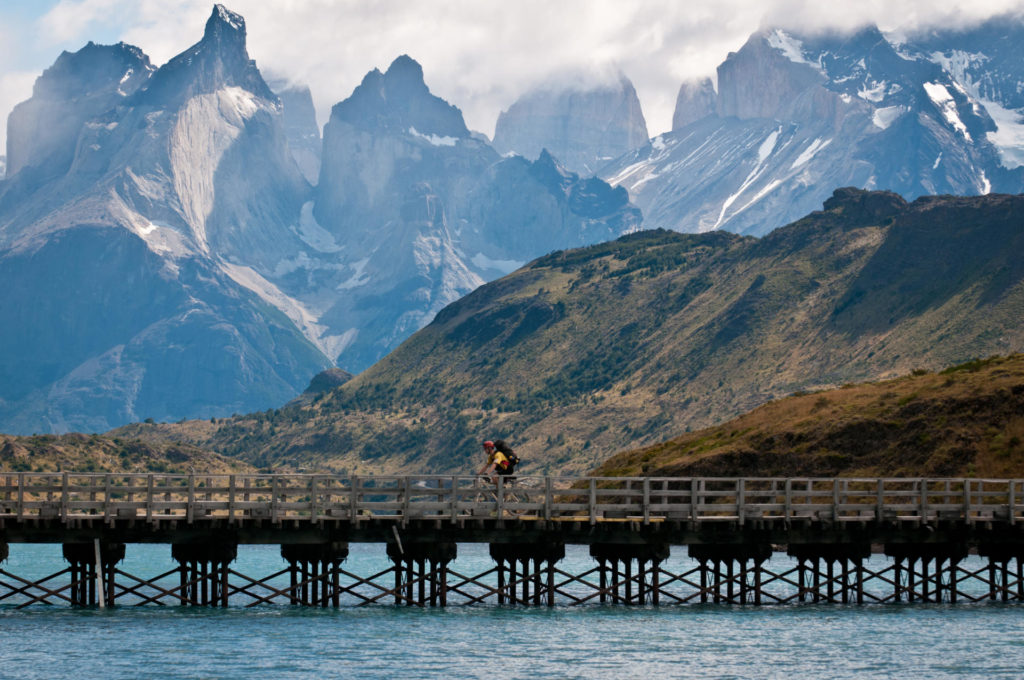
“It was so hard and painful, I cried a lot, but sucked it up. I pushed myself as far as I could because I wasn’t alone; my teammates helped me get through it, and I really grew to trust them,” she says.
The trust and teamwork that are such an integral part of adventure racing tested Kay and East Wind on Day 6, when she faced serious risk to her health if she kept going with a broken rib. The team had to make a decision to either drop out of the race (all team members must finish the race together or be disqualified) or take a calculated risk and continue.

“We were all scared,” she recalls, “but adventure racing is about getting over difficulties by working as a team. We discussed it and decided to accept the challenge and keep going. When we finally crossed the finish line, all the pain and suffering was worth it, and I was so glad we didn’t drop out. Sharing the joyful moment with my teammates after going through everything together was amazing. I would do the whole race again just to experience that feeling again.”
In 2011 East Wind finished fifth. “Part of our improvement was attributed to having a new female member of the team who speaks English,” says Tanaka. And evidently, Kay wasn’t joking, as she plans to head back to Chile with the team and see if they can use their experience to improve on their results at PER 2012, the 10th anniversary of the race.
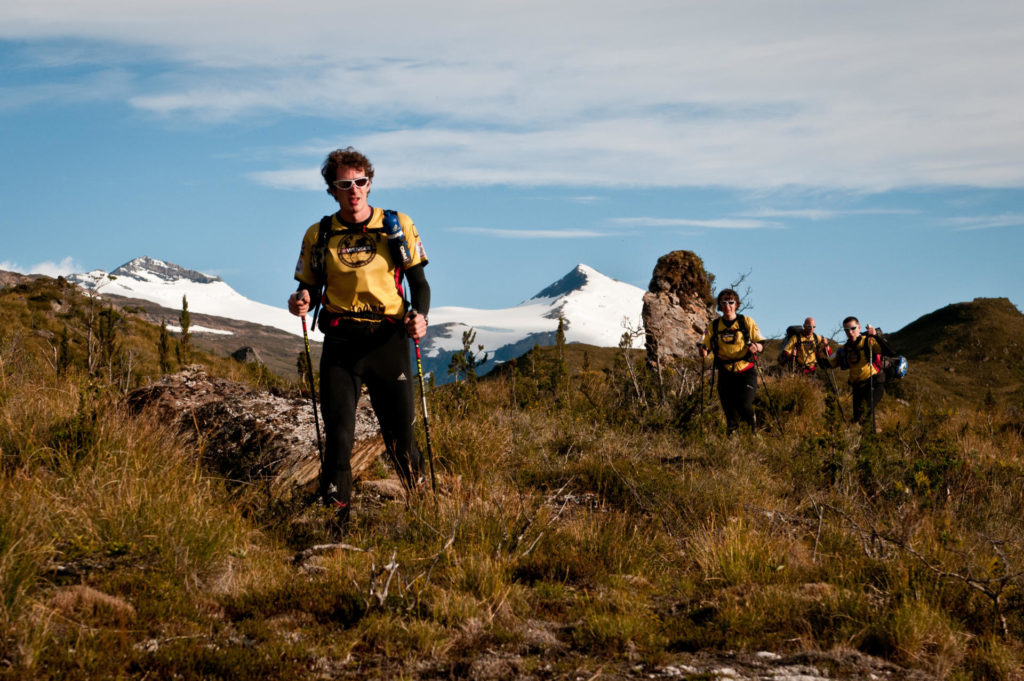
LOCAL SUPPORT
Teams such as East Wind face tough odds even before the race begins. Raising funds is always a challenge. They organize training seminars and other events to help raise money and also receive support from sponsors so they are able to compete. If you’d like to get involved, contact them for details at info@east-wind.jp.
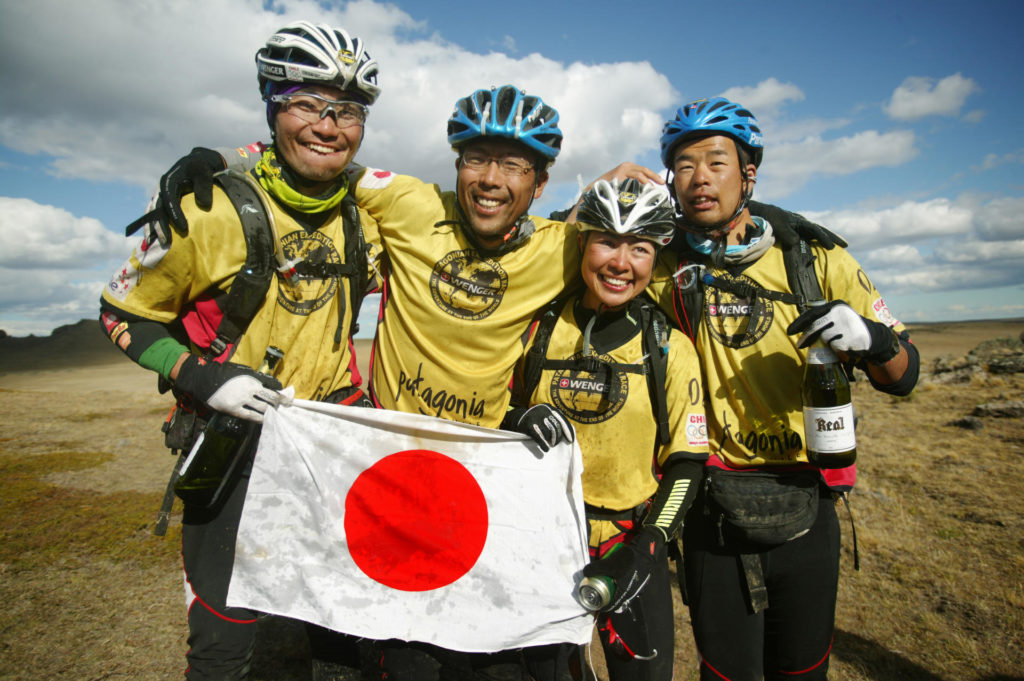
TALES FROM THE TRAIL
“Don’t forget to open the door?!!” There are a lot of things to worry about during an adventure race, but suffocating in your sleep doesn’t usually come to mind. However, East Wind members were about to do just that one night while they were getting some needed rest in their tent. The tent is made of a material that completely shuts out air when it is wet, so they left the door open a little when sleeping because it was raining a lot.
“Nature called,” so one team member went outside in the middle of the night and when he came back, he shut the door completely. Luckily, another member woke up later, because he literally found everyone being suffocated, as there was no air in the tent. He opened the door and possibly saved everyone’s lives.
“I’m free… free falling!” An American female racer was free-climbing on a rocky wall, just in front of East Wind, when she began sliding down and off the wall. Fortunately, a photographer taking photos about three meters below and caught her when she fell.
“Please, don’t tickle me!” There was nothing to laugh about when Team East Wind’s Kay Waki broke her rib on the first day of the race. It created a functional disturbance, making it difficult for her to breathe, and easy to lapse into dyspnea. On top of that, she got hypothermia while repeatedly swimming in an icy river with cold, stormy weather. Sounds fun, eh!
“Patagonian Skinny Dipping!” A British female racer from another team didn’t want her clothes to get wet, so she got completely naked and swam across a river during the race.
“Taking it to the next level.” It’s not uncommon for PER racers to pronounce their love for Patagonia after the race, but American Gearjunkie.com teammates Chelsey Gribbon and Jason Magness took it a step further by getting engaged at the closing ceremony.
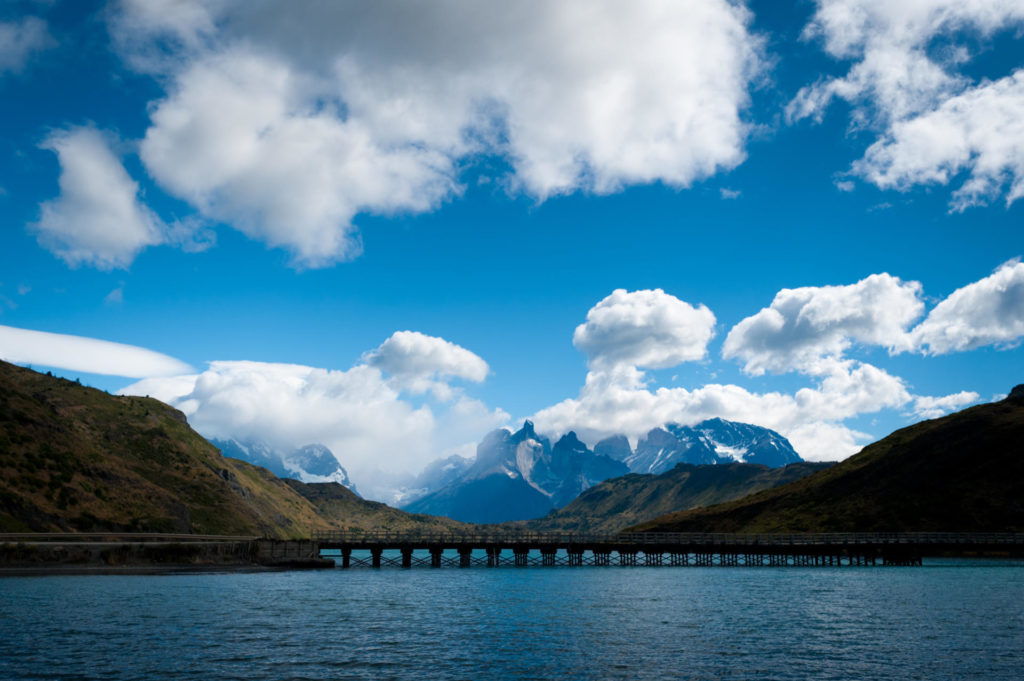
RACE FACTS
- Fourteen global teams from 13 nations pushed themselves to the limit to take on the 2011 Wenger Patagonian Expedition Race. Six teams finished.
- The race covers 617 challenging kilometers of terrain with teams racing up to 10 days.
- Each four-person team must navigate the course on foot, bike or kayak using just a map and compass to guide them while facing whatever nature throws at them. If any member cannot finish the race, the entire team is disqualified.
- The winning team, AdidasTERREX/Prunesco, from the UK, finished in five days, 12 hours and 36 minutes. Team East Wind finished fifth in seven days and 58 minutes.
- If the Patagonian Expedition Race sounds amazing, but biking in 100-kph winds or trekking through remote mountains isn’t your cup of tea, there are other ways to get involved. The company that organizes the race, Nomadas Outdoor Services, is always on the lookout for extremely motivated volunteers from all corners of the globe.
Visit www.patagonianexpeditionrace.com for more information.




